Chapter 8: Two Antidotes to Pain
If it hasn't become clear already, writing about the most difficult situations of our lives can bring up a lot of pain.
In this chapter, we're gonna talk about ways to manage and ease that pain. Because we need to able to face uncomfortable feelings to bring our story all the way home.
The two best ways I’ve found to ease pain are through Touch and Tribe.
Part of me that wishes I had a different answer to give you. Touch and Tribe are things we can’t provide for ourselves in the same way others can, and that is a vulnerable thing to realize—that sometimes I can't do it alone.
In 2019, when I wrote the first draft of what you’re reading now, I was still under the impression that I could heal myself. I thought I was going to conquer the “disorder” I had been diagnosed with. I was wrong.
I didn’t need to conquer myself. I needed to forgive and love myself. And I wasn’t able to do that fully until I saw love and forgiveness reflected back to me—over and over—through the eyes and touch of people I trusted.
It was the persistent love of the woman who is now my wife, and the vulnerability and integrity of the Veteran community I found, that is now my tribe, that brought me over the finish line. We did it together.
Both gave me the kind of connected touch and deep listening I had been missing since my first deployment. Over time, I trusted them with the most painful stories of my life—the cries of my soul.
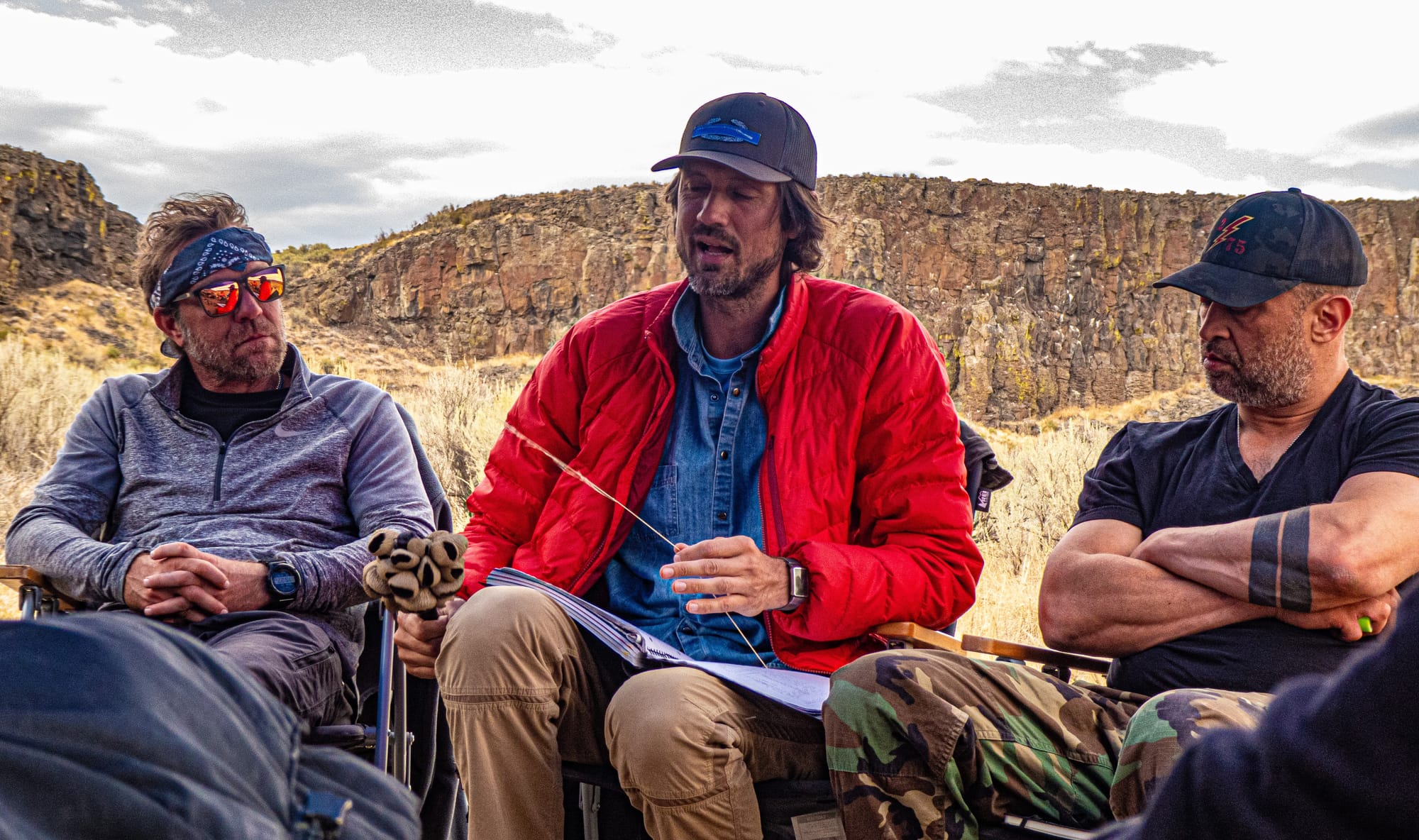
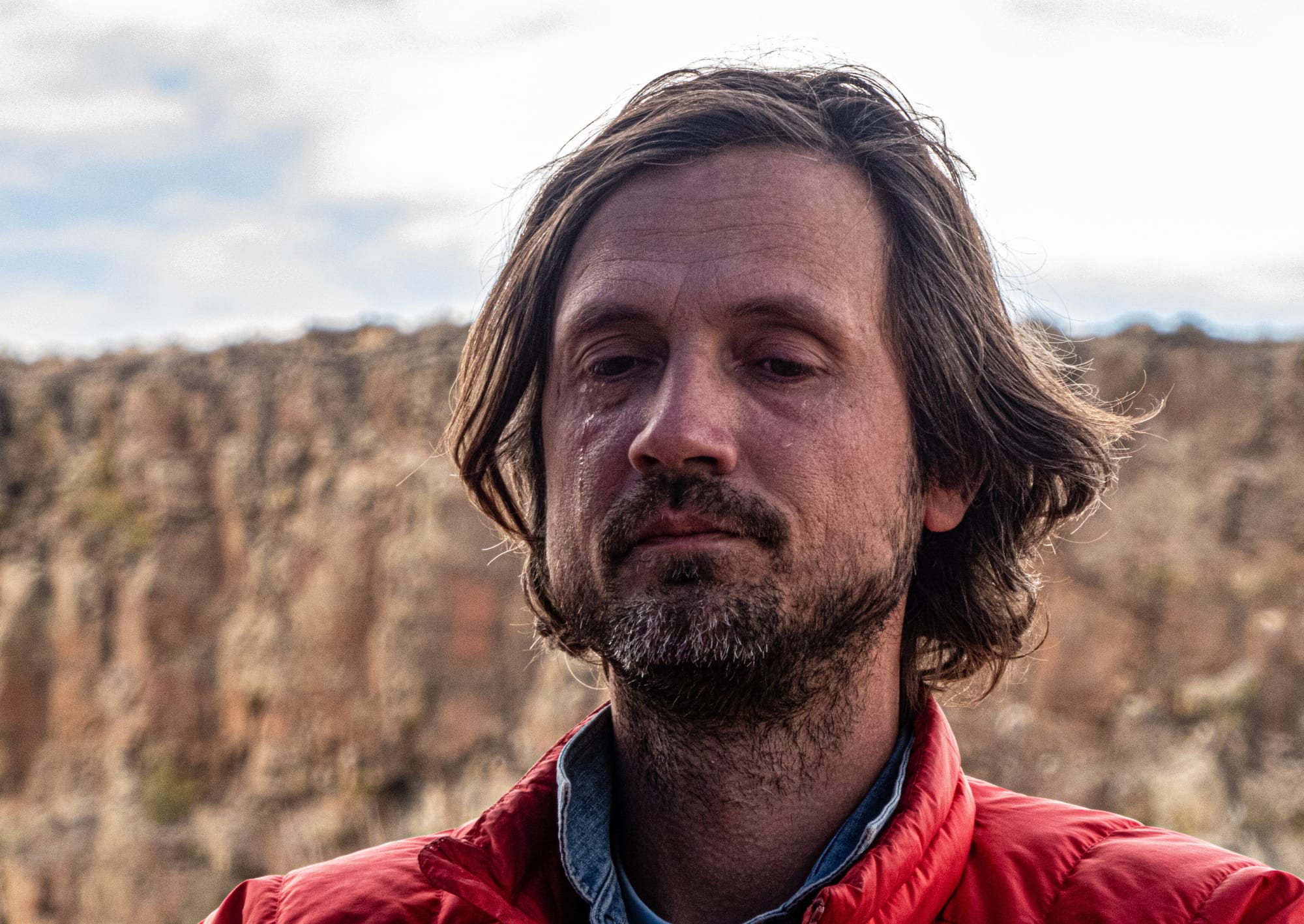
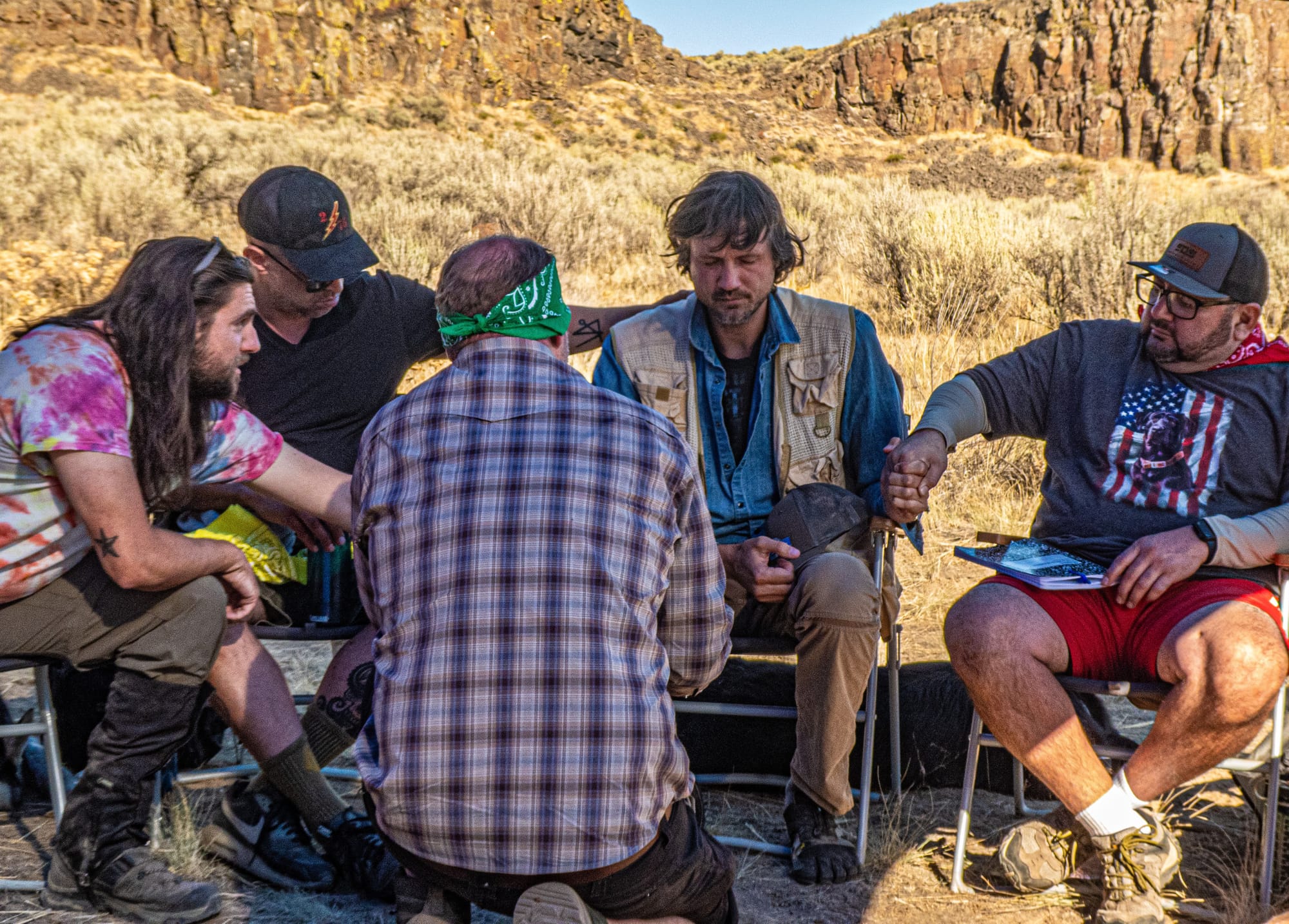
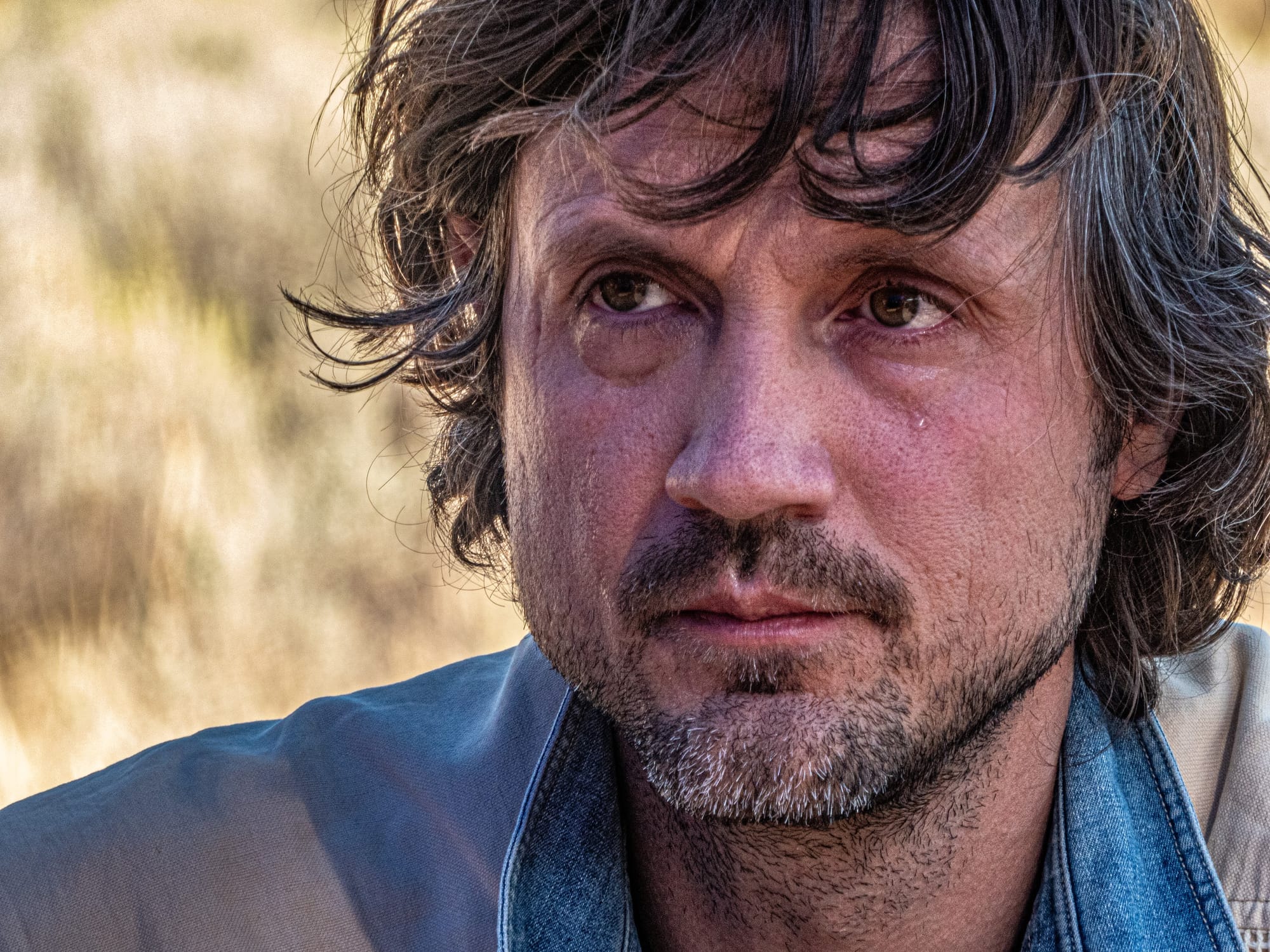
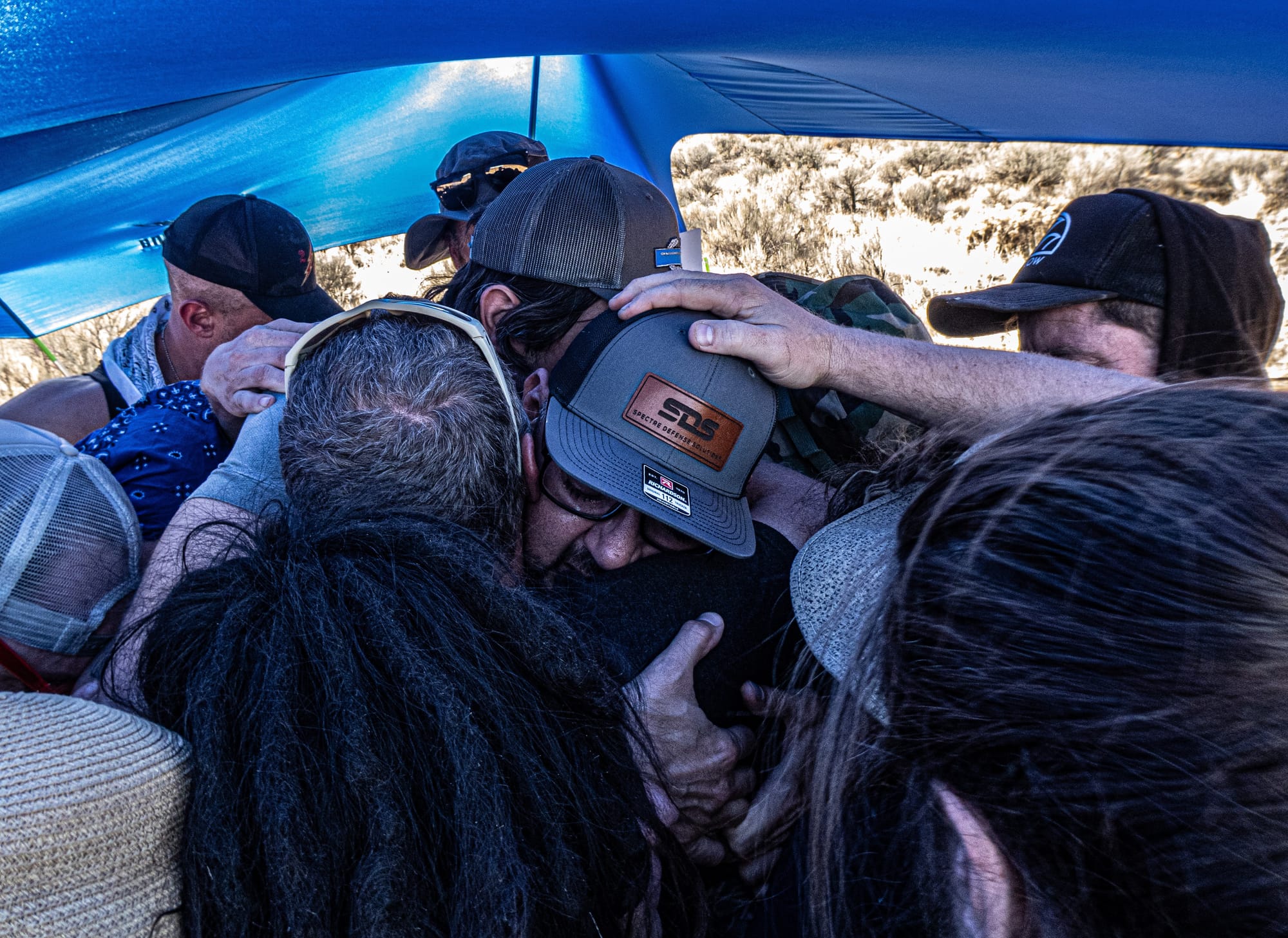
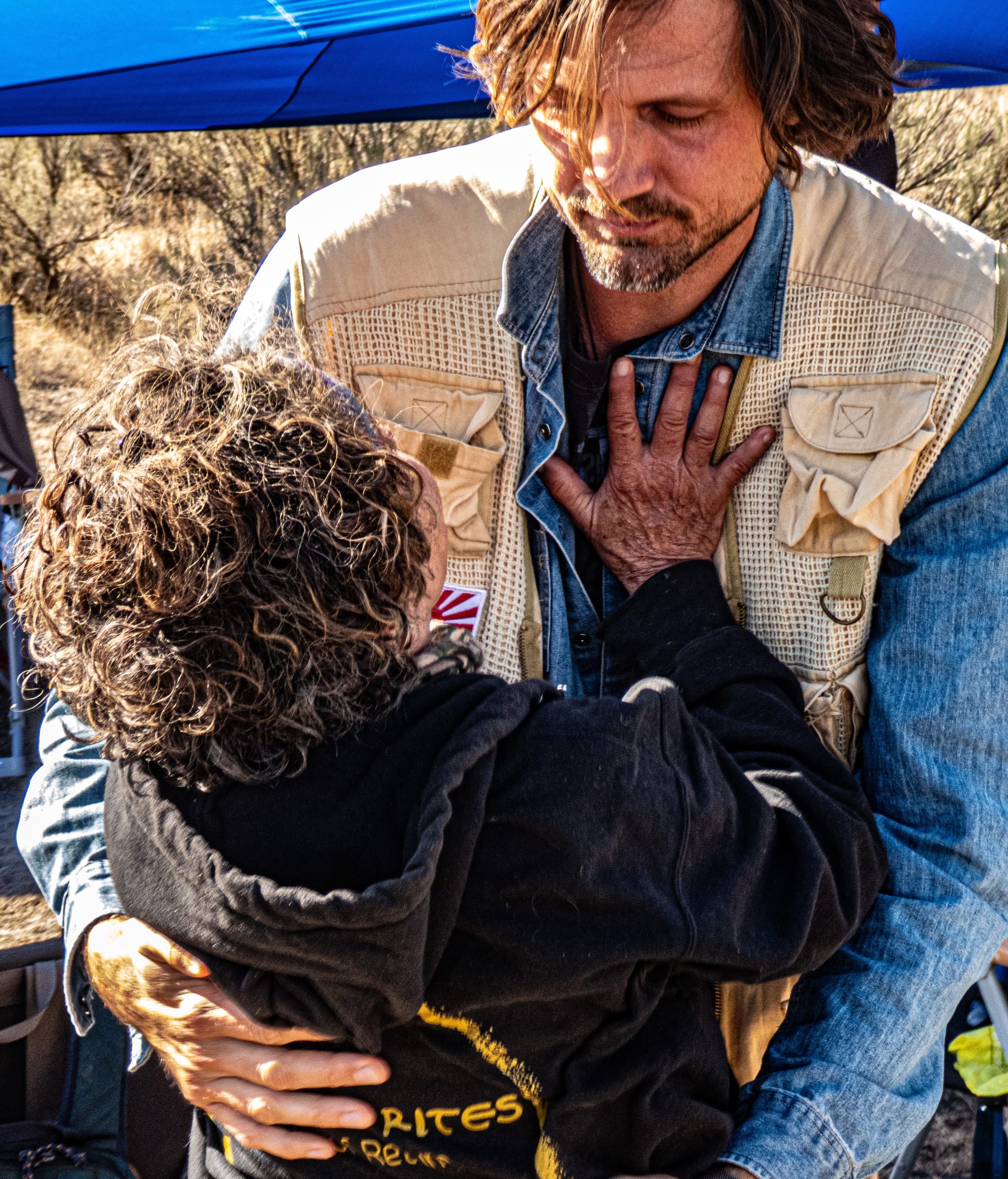
The touch I received before, during, and after sharing those stories helped melt away the pain attached to them. I hadn't just been heard; I had been physically received—with arms of unshakable belonging.
It took me fifteen years to share the full truth with those closest to me. Fifteen years before I allowed outside tenderness in. This project exists to shorten that time for you.
Finding Touch & Tribe
Touch
Finding sources of agenda-free, safe and connected touch isn’t always easy. But it’s one of the strongest tools I know of to ease pain.
When touch from someone I trust hasn't been available, I found these things helped:
1. Touch from animals.
Dogs, cats, other pets, and even horses can offer safe physical connection. There are many organizations looking to connect Veterans with service animals or that offer opportunities to be on horse ranches or farms. A few examples:
• Ranches
The “Operation We Are Here“ website has a long list of farm opportunities, as well as other resources.
• Service Dogs
And here’s a link to a document that has the contact information for over 50 organizations that work to provide Veterans with Service Dogs:
Organizations that Work to Provide Veterans with Service Dogs
On a personal note, my dog ‘Trucker’ deserves all the efforts I make taking him on different hikes, and keeping his puzzle-toy full of treats. I don't want to imagine a world without dogs.
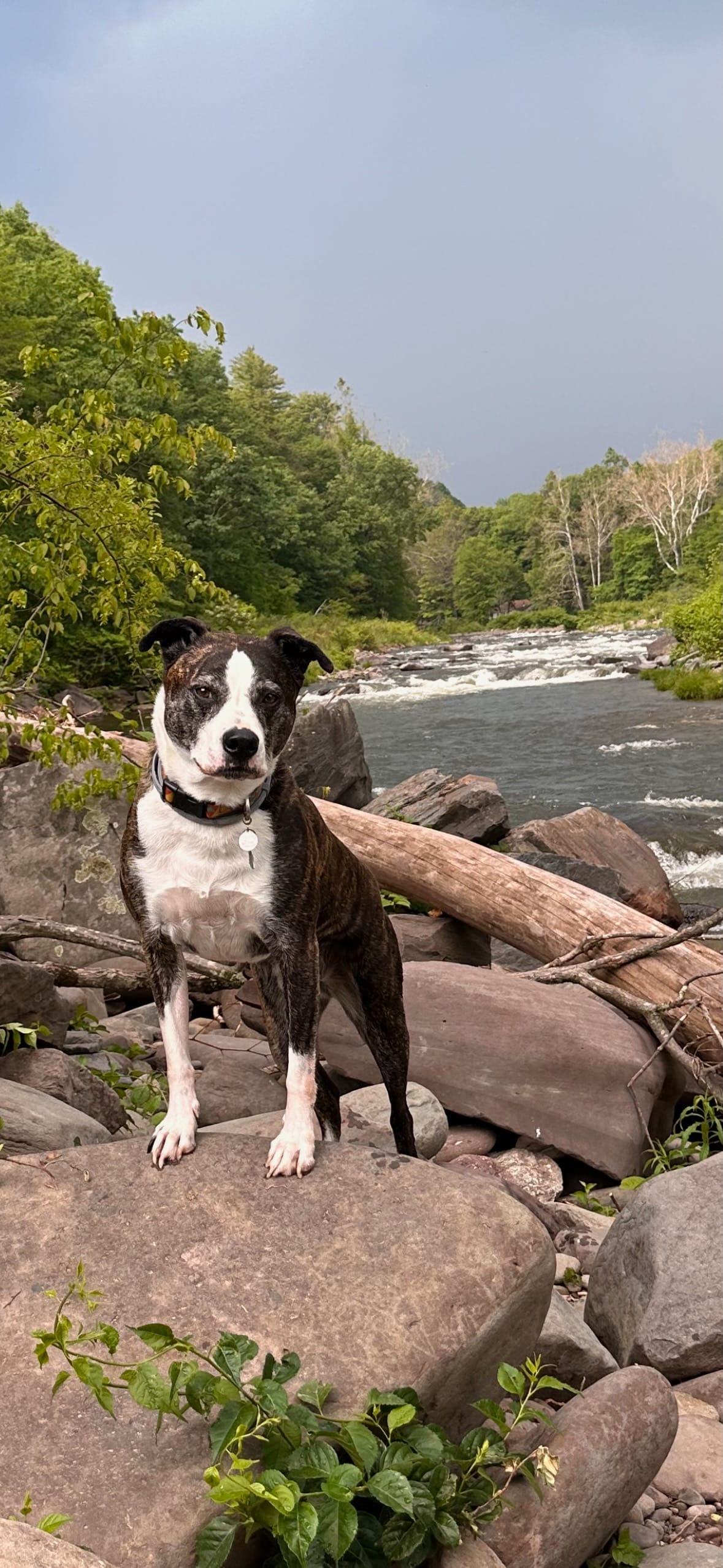
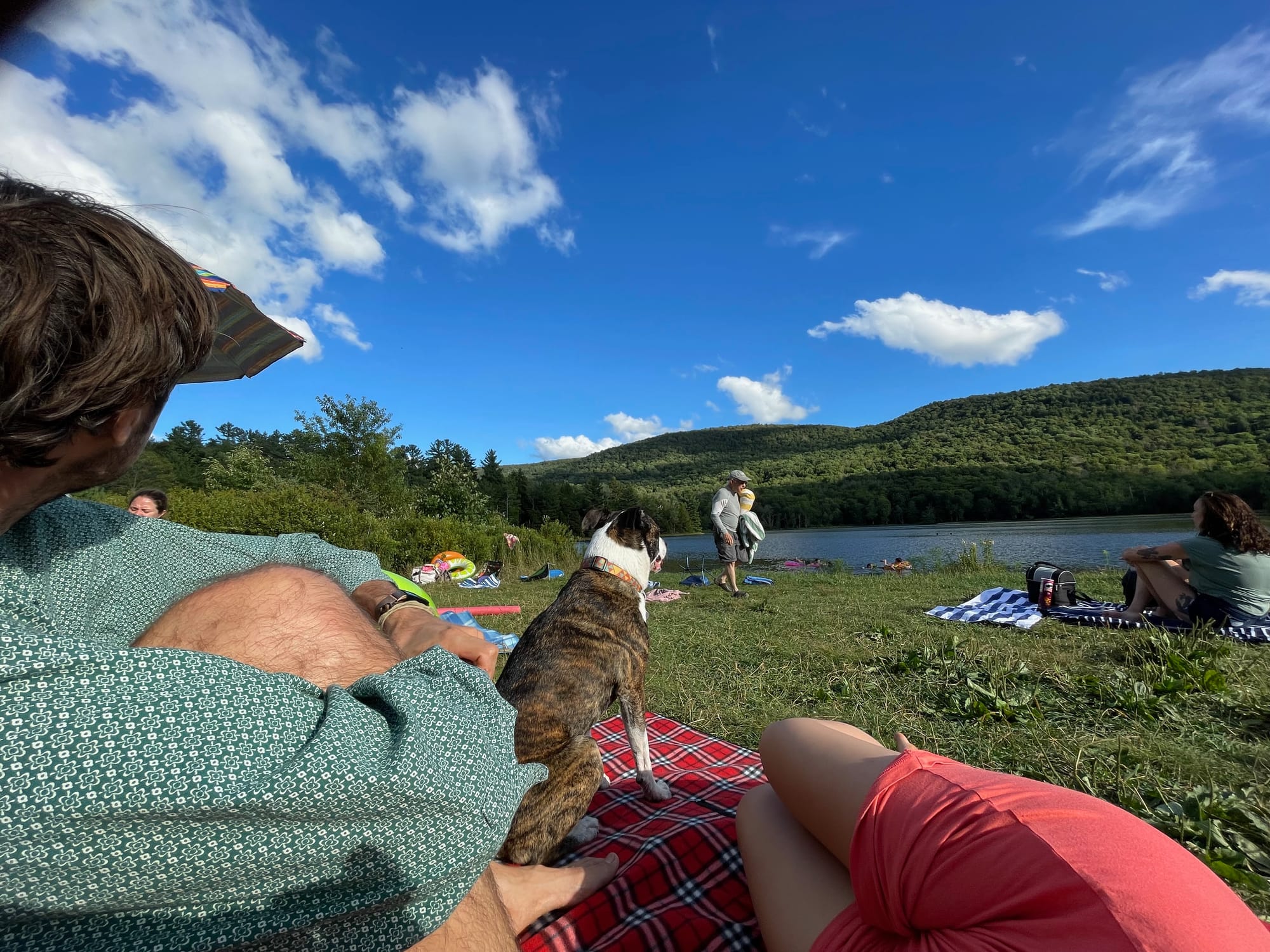
2. Being held by the land.
Nature sometimes has a way of supporting me that feels like an embrace. Laying on thick clean grass, floating on water, or camping by a stream—these are some of the places that have brought me moments of deep rest. When we find places out in mother nature that are free from threats and make direct contact with the Earth, these spaces can reduce the pain levels in our body in ways that are similar to being held by someone who loves us.
3. Professional human touch.
I’ve also found great support from professional bodyworkers. Not every person I met was a good match. For me it was more important to find someone whose energy felt right than someone who used a specific technique. Some types of bodywork that helped:
• Thai massage and Ayurvedic massage
• Acupuncture
• AcroYoga
• Aquatic Bodywork (like Watsu)
• Platonic Touch Providers (like professional cuddlers)
• TVM Bodywork (Triple-Vagal Method)
• Cranial-Sacral Therapy
Try different methods to see which ones feel best.
Tribe
When it comes finding a tribe—a close community—the most important realization for me has been:
My stories build my community.
Writing about the hardest moments of my life helped me understand who I really was. The more I learned about myself, the more I could share my truth with others. And the more I shared, the easier it became to find my people—the ones who needed the real me to show up.
I was careful about who I shared with. Not everyone needs to know our full story. Some truths are damn vulnerable and meant for those who have earned the right to hear them.
I took it slow. I shared small pieces at first, and I paid attention:
- Did their eyes focus on me, or did they zone out?
- Did they ask questions or change the subject?
- Did they lean in, or sit back glancing at their phone notifications?
Few things hurt like being hit with a polite change in topic after sharing the realities of how we were affected by our Service. Most of us have probably given up on telling our story and gone numb to the rejection of it.
But when I paid attention, I found the right people. I grew closer to them as they grew closer to my truth. As I found my love for life again, they found theirs.
If you don’t have a strong community yet—like I didn’t when I started—the story you’ve written so far can help you create it.
I recommend exploring what’s already in your area. At first, I felt out of place at Veterans’ gatherings, but I kept showing up. Eventually those events helped me learn about other resources that led me to my people.
I encourage you to try out different programs and environments. I personally got the most out of programs that involved outdoor group activities, story sharing, yoga, and solitude in nature. Some examples:
• Project Odyssey (Wounded Warrior Project)
Those organizations accept applications from Veterans living anywhere in the country.
At many of these programs, you’ll have the chance to share parts of your story. The story we’ve been crafting here will help you make the most of that opportunity.
My invitation: Look for people who are ready to hear your full story. Whether it’s a counselor, therapist, Veterans group, romantic partner, or close friend, doesn't matter.
Start with a few sentences. Pay attention. And choose to invest in people who are welcoming home the fully embodied you.
Additional Mission Support
War journalist Sebastian Junger has written a great short book on this topic, Tribe: On Homecoming and Belonging
It opened my eyes as to why I missed the closeness of military life, and how to find it in new, healthier ways. You can check out the podcast and video links below to get a sense of his message.
Here’s a note I kept from the podcast:
“People need community. When you take someone out of a platoon—maybe they were in a support unit, maybe they never got shot at, maybe nothing major ever happened—but when you take them out of that close-knit group and put them back into society, they’re gonna struggle. They’re human; we’re wired to be with others. And once we’ve been exposed to that kind of close community and then it's taken away, it’s very hard to maintain psychological health.” — Sebastian Junger, via "Behind the Mission podcast #159 - Tribe and Veteran Connectedness"
End of Part I, and Moving Forward
For some of us, another powerful way to ease pain is to have the harm we’ve experienced officially recognized. This recognition might come through the Veterans Administration (VA) health system.
Before going too deep into that bureaucracy, you may want to make sure you have reliable sources of Touch (human or non-human) and Tribe (community support). Working with the VA can sometimes be a breeze, and other times it's stressful and agitating.
If you don’t plan on filing a claim with the VA, then this is the end of Part I for you. Feel free to skip the next chapter, and move on to the next section of this series, Part II: Feeling What Happened. This begins with Chapter 10: Living From the Neck Up
If you have filed—or are considering filing—a VA claim, continue to Chapter 9:Writing Successful VA Claims